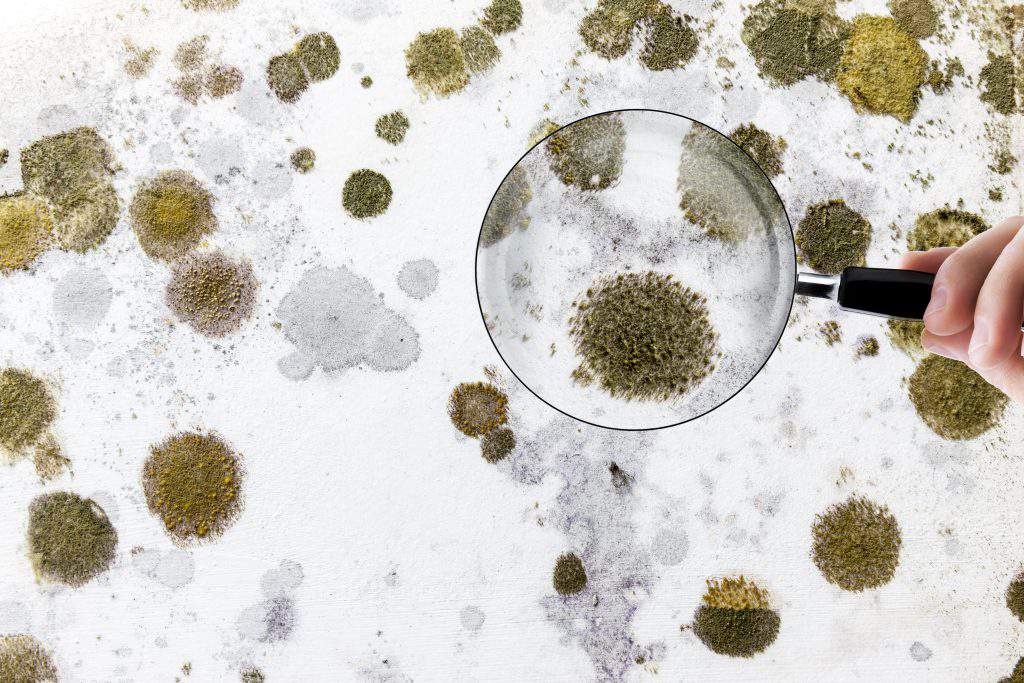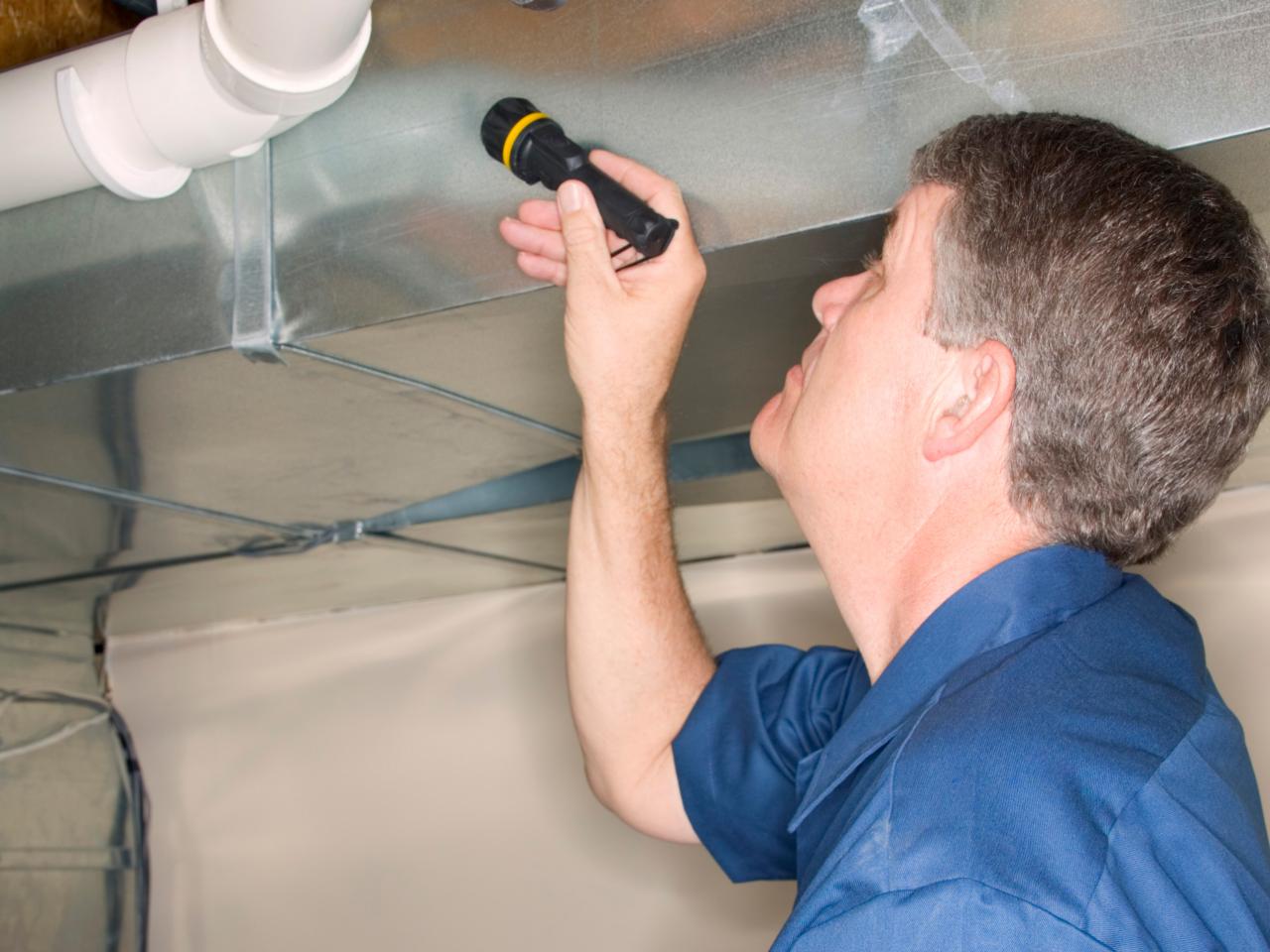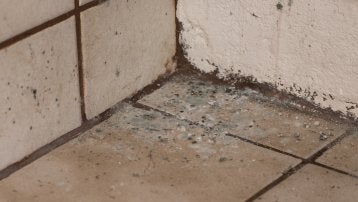Testing Air Quality After Mold Remediation
Testing Air Quality After Mold Remediation
Blog Article
Effective Blog Post Mold And Mildew Removal Solutions for Your Home
Mold development in homes can be a consistent issue, often needing an organized method for reliable post-remediation solutions. From recognizing the factors that add to mold and mildew advancement to applying proper cleansing techniques and wetness control measures, the procedure can be intricate yet vital for maintaining a healthy living setting. Post remediation mold testing near me.
Recognizing Mold Growth Aspects
The primary factor contributing to mold and mildew development is moisture. Mold spores require moisture to germinate and thrive, making damp or damp settings highly susceptible to mold invasions.

Furthermore, air flow and light exposure can affect mold development. Areas that do not have proper ventilation and all-natural light are more vulnerable to mold growth. By dealing with these variables comprehensively, people can effectively alleviate mold and mildew growth and secure their living settings.
Proper Mold And Mildew Cleansing Techniques
Utilizing effective cleaning methods is important in protecting against the reappearance and resolving of mold and mildew contamination in interior settings. The initial action in proper mold cleaning is to include the affected area to prevent the spread of spores to uncontaminated areas.

Executing Moisture Control Measures
To successfully protect against mold development and contamination in interior settings, implementing wetness go now control measures is paramount. Furthermore, ensuring appropriate air flow in areas prone to moisture buildup, such as cooking areas and shower rooms, can aid lower the danger of mold development. By faithfully implementing these dampness control steps, homeowners can efficiently lower the possibility of mold and mildew recontamination and preserve a healthy interior environment.
Making Use Of All-natural Removal Solutions
After successfully implementing dampness control actions to avoid mold development in indoor atmospheres, homeowners can now check out the effectiveness of natural remediation options in keeping a healthy and balanced living space. All-natural removal remedies utilize environmentally friendly approaches to battle mold and mildew and mold, making them a preferred choice for those seeking non-toxic options. By incorporating these all-natural removal remedies right into their cleansing routines, house owners can effectively deal with mold and mildew growth while advertising a much healthier indoor environment for themselves and their households.

Keeping a Mold-Free Environment
Consistently examining areas prone to mold and mildew development, such as restrooms, basements, attic rooms, and cooking areas, is critical. Correct air flow in locations with high moisture degrees is likewise crucial to stopping mold growth.
In addition, preserving tidiness in the home is crucial for mold avoidance. Regularly cleansing and cleaning surfaces, rugs, and furniture can assist eliminate mold and mildew spores prior to they have an opportunity to multiply and resolve. Using mold-resistant products for building and construction materials and furnishings can even more help in developing a mold-free atmosphere. Last but not least, maintaining indoor plants in check and making certain proper drain in exterior landscape design can minimize wetness accumulation, minimizing the possibility of mold invasions. By following these aggressive upkeep techniques, house owners can properly maintain a mold-free home. Home Page
Verdict
Finally, it is necessary to attend to mold and mildew development variables, utilize proper cleansing techniques, apply wetness control measures, use natural removal solutions, and preserve a mold-free environment in order to successfully deal with blog post mold removal in your house - After mold remediation. By following these methods, you can prevent mold from persisting and ensure a healthy living setting for you and your family
The main aspect contributing to mold growth is wetness. Mold and mildew spores require wetness to flourish and germinate, making humid or moist settings highly vulnerable to mold and mildew problems.To effectively avoid mold and mildew development and contamination in interior settings, executing wetness control actions is vital. In addition, guaranteeing appropriate ventilation in areas susceptible to moisture accumulation, such as cooking areas and washrooms, can help reduce the risk of mold development.After efficiently implementing dampness control actions to protect against mold and discover this info here mildew development in interior atmospheres, house owners can now check out the efficiency of natural remediation solutions in keeping a healthy and balanced living area.
Report this page